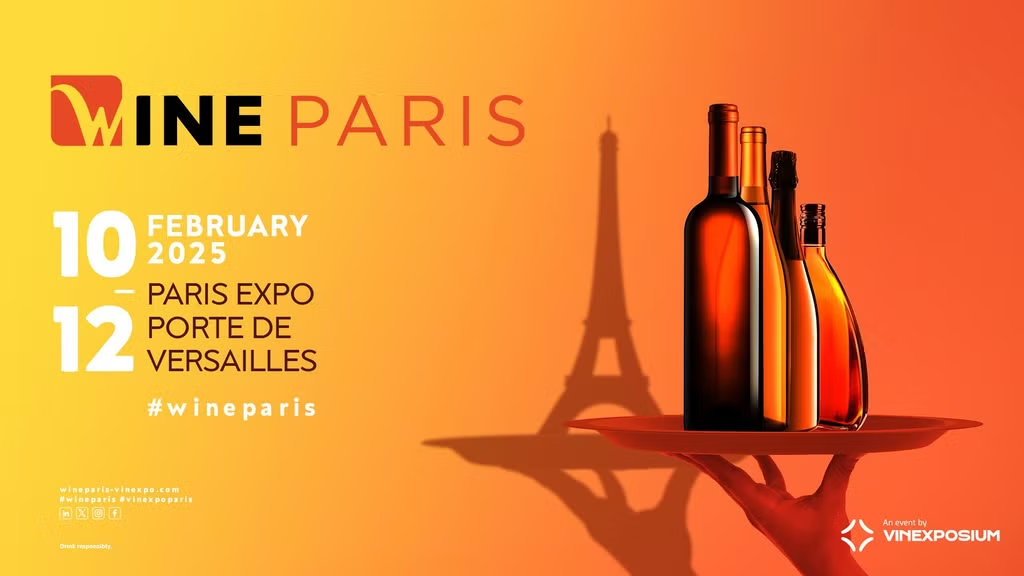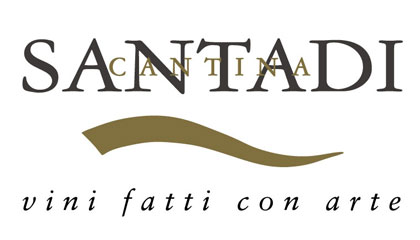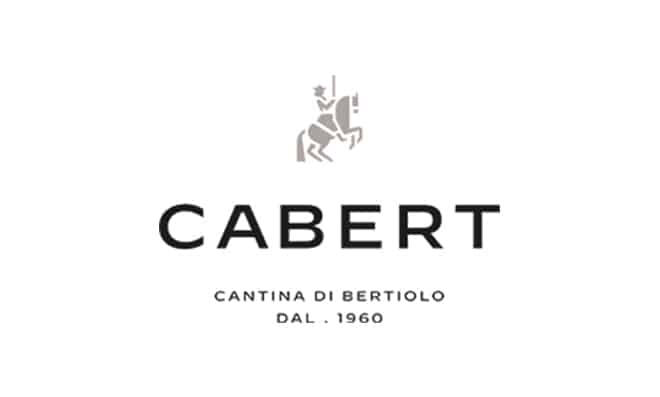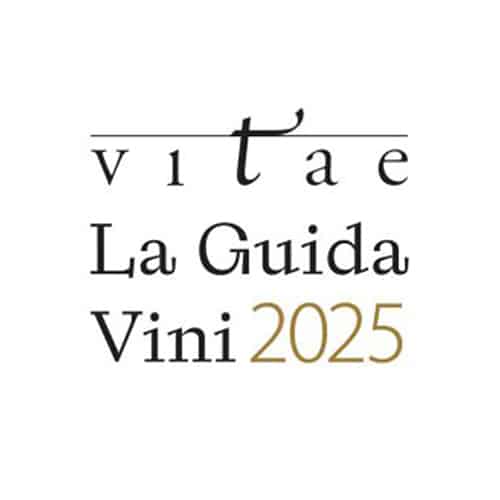Zenato awards by WEINWIRTSCHAFT, the magazine for all professionally responsible buyers and sellers of wine in Germany.
We are proud to announce an important international recognition for Zenato‘s wines: the prestigious German magazine “Weinwirtschaft” has ranked the Ripassa, Valpolicella Ripasso DOC Superiore, as the 3rd best Italian red wine and the 6th best red in the world.



Zenato. The soul of Lugana and the Heart of Valpolicella.
Two faces: One white, the other red, both emblems of high-quality wines that are born through a visceral passion for the land, through respect for time, through a family tradition that has championed local grape varieties for 60 years.
Zenato: the story of a family that firmly planted its roots in the land. It was made possible thanks to the passion and entrepreneurial vision of the estate’s founder, Sergio, who managed to fulfill his greatest dream: to create a winery capable of harvesting the fruits of the earth and transform them into emotions with matchless flavor.
Today, more than 60 years later, the results are testament to his extraordinary vision. A wonderful story took shape thanks to his vision and today its star is his family: Wife Carla and children Alberto and Nadia.
Their eyes and their heart continue down the path that Sergio laid out with great clarity as he steadied the course toward quality and love for their land. Over time, that land wasn’t just Lugana but also Valpolicella, with its celebrated red wines and their matchless aromas.
Taking over the Costalunga estate, in the heart of Valpolicella Classica, Sergio Zenato wanted to measure himself in a new venture, after making the most out of his Lugana vineyards: to make it a model vineyard, beautiful to look at, cared for in every detail, in which to apply modern agronomic techniques and at the same time resume the traditional methods that had defined the Valpolicella landscape.
In a thorough manner, Sergio Zenato drew the distribution on the land of the vines selected for the production of the different wines, going so far as to indicate the direction of the rows so that the vines could receive maximum benefits from the sun. He took special care to make the soil work well to achieve a dry and permeable soil without water retention.

A passionate dedication that we read in the construction of the characteristic dry-stone walls, at first sight elegant support structures, in actual fact an efficient containment system that guarantees the vine the three fundamental elements it needs: the warmth of the sun and the ventilation of air and water thanks to the gaps existing between the stones of the walls and the flaky crumbles of the subsurface.
“Sergio Zenato manicured the morainic hills for years, from the most strategic observation point on Lake Garda in Peschiera. His reflection was cast over the largest body of blue in Italy. And since the 1960s, he saw in Trebbiano di Lugana something that few others had intuited: that the color, aromas, and favors of the white wine it produced could travel the world.”

In the flash of an eye and the wonder of Lake Garda is all there: in the beauty of the landscape; in the naturalist, historic, and artistic value of the land; in the mild climate.
The secret of Trebbiano di Lugana, a native grape variety planted on the southern banks of Lake Garda, is hidden in its origins.
With the backdrop of this pristine setting, the gates of the Santa Cristina estate open up on to a broad road with elegant red rose bushes on either side. They are the silent sentinels to whom the Zenato family has entrusted their rows of vines.
All of the incredible things that have happened in this little corner of the world are thanks to the extraordinary intuition and entrepreneurial power of a grape grower who was in love with his land and absolutely convinced of the quality of the wines that only this land could produce. It all began with a white wine, Lugana: Sergio Zenato’s Challenge and Dream since the 1960s.








